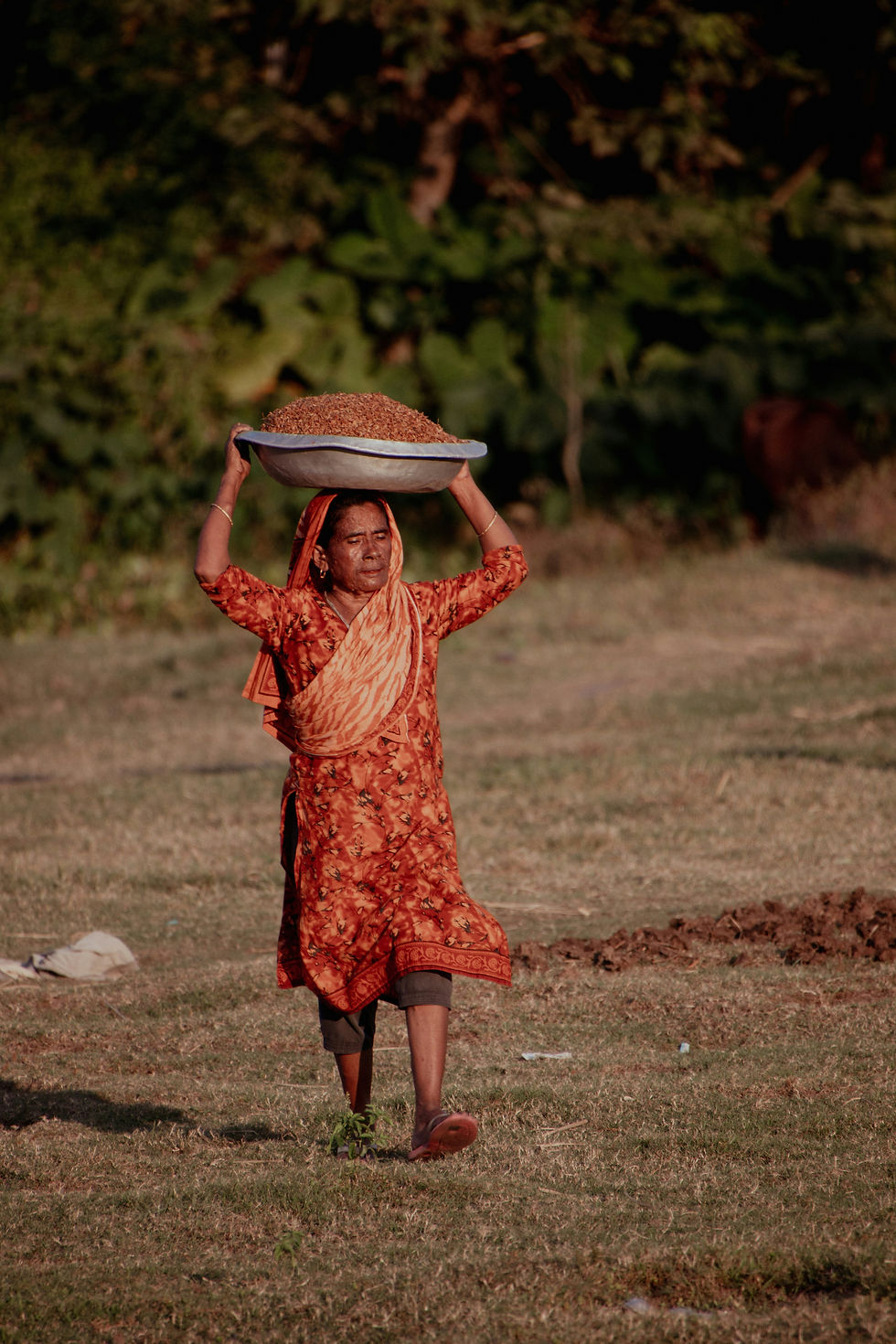Residents as Artists with a Message
- Sarah Gillam

- Dec 5, 2024
- 3 min read

Last month whilst in automatic pilot mode driving and commuting in my car along the main highway I suddenly broke out in a smile. My eye caught the attention of a mural-a colourful fence of horizontal red, black and yellow and green stripes boldly painted on a resident’s front fence.
For me, it was a making an important statement screaming out — “I am here, we are here” and symbolic of the Australian Aboriginal flag either a sign of advocacy by an Aboriginal resident or possibly a non-Aboriginal resident. I actually don’t know. However, it was so simple, bold and so visible. It was powerful.
It was a reminder how we can live in a bubble of our own little worlds and looking out of the car window, even for those few seconds, transported me to another vein of thought besides just getting to my work destination. It reminded me of the important social issues not only on a local or national level but the bigger world of global issues for First Nations people and the “Black Lives Matter” movement.
On contemplation, I thought it was an interesting way for residents to use their front fence as a blank canvas to make visual statements and, in this case, a political statement. Especially in light of Covid-19 and not permitting large groups in protests in the public domain it seemed people are keen to have their “voice heard in public” and to raise awareness. But in researching this topic further, I realised there were other cases and the issue is more complex.
Last year one 79 year old Sydney woman painted “Black Lives Matter” five times on her front house fence and the City Council’s graffiti removal team quickly scrubbed it off. This was in response to complaints to Council about the words being close to the local public school. She persisted and decided instead to make her visual statement in collaboration with the local primary school students and the Indigenous teacher who painted a colourfully inspired Indigenous design on her fence. This was happily accepted by the community and by the local council.
There is also a local 70 year old woman inspired by the UK street artist, Banksy, active in stencilling important political messages and slogans on public walls after dark throughout Sydney.
As I travelled further down the road in my car on the highway I saw another art installation — a commemoration for Anzac Day (Australian and New Zealand Army Corps) with a whole design with red plastic, handmade red poppies as relief on the front-house fence. It again reminded of the important moment when we need to reflect and remember past history and the significance for a country to commemorate and I smiled again.
So the question one might contemplate is where is the line between graffiti and street art? All I know is that this kind of creativity does have its role in the community and society and is a reminder of being human and finding ways to creatively express ourselves and our voice. This was an immediate and powerful medium and platform for the role of residents as artists and activists and debunks the myth that street art is only for youth.
I think the timing is quite fitting coming up to Reconciliation Week, which is a chance for all Australians to celebrate Aboriginal and Torres Strait Islander culture, as we can all reflect and find our own way to express and show our support for important issues in society.
*note: image only is an indicative example







Comments